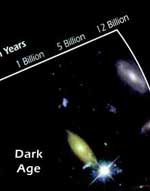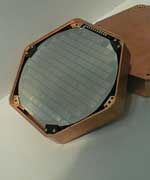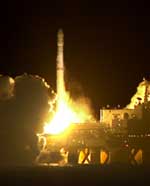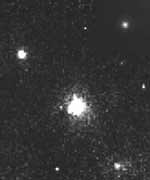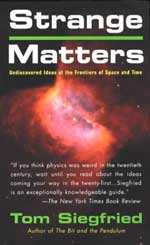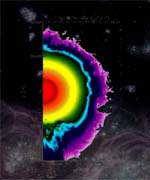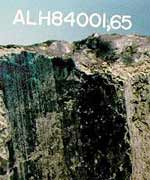
Image credit: NASA
The scientific debate over whether a meteorite contains evidence of past life on Mars continues to intensify, with colleagues of the team that announced the possibility in 1996 revealing new findings that may cast doubt on some of that earlier work.
?These new findings illustrate the excellent scientific process that was ignited by the announcement in 1996 of possible meteorite evidence of past life on Mars,? said Dr. Steven Hawley, Associate Director, Office of Astromaterials Research and Exploration Science at the Johnson Space Center. ?As work on this fundamental question continues, it is quite likely the final answer may not be known until Mars samples can be retrieved for study by scientists there or back on Earth.?
In the recent study, a team of scientists based largely at JSC found that a mineral in Mars meteorite ALH84001 that had been asserted to be most likely caused by an ancient microscopic organism may have been caused by a non-biological process. The team, led by D.C. Golden of Hernandez Engineering Inc. in Houston and including many NASA scientists from the Office of Astromaterials Research and Exploration Science, will have its work published in the May/June issue of American Mineralogist. The same office includes Dave McKay, Everett Gibson and several other scientists who contributed to the 1996 findings.
The new paper reports that magnetite, an iron-bearing mineral found in Martian meteorite ALH84001, was likely caused by inorganic processes, and that those same processes can be recreated in the laboratory, forming magnetite identical to that found in the Mars meteorite.
Magnetite crystals in ALH84001 have been a focus of debate about the possibility of life on Mars. The 1996 study led by McKay suggested that some magnetite crystals associated with carbonate globules in ALH84001 are biogenic because they share many characteristics with those found in bacteria on Earth. A study led by Kathie Thomas-Keprta in 2000 showed that some of the magnetite crystals in ALH84001 carbonate globules are characterized by elongation, a ?unique habit? identical to magnetite grains produced by bacteria on Earth.
Golden and his team first investigated whether an inorganic process can produce magnetite crystals identical to those in ALH84001 claimed by Thomas-Keprta?s team to be biogenic. Then, they sought to replicate the tenet of McKay?s 1996 hypothesis that the purported biogenic magnetite grains in ALH84001 are identical to those produced by a bacterium called MV-1.
Golden?s team concluded that the shapes of the MV-1 and ALH84001 elongated crystals differ. Their study concluded that inorganic processes can make the magnetite crystals in ALH84001, so any claim to a biological source is uncertain. Golden?s team found that decomposition of iron-bearing carbonate under high heat produced magnetite crystals identical to those found in ALH84001.
?The strength of the inorganic process provided here is that not only does it produce elongated magnetite crystals identical to those of the ALH84001 meteorite, but also it produces a whole range of features found in the meteorite,? said Golden, a mineralogist at JSC.
McKay, chief scientist for astrobiology at JSC, stands by his 1996 findings. ?We originally proposed a suite of four lines of evidence which, taken together, were consistent as a package with a possible biological origin,? McKay said. ?The Golden group has singled out one very specific feature, the shape of the magnetite crystals, to try to discredit the whole biogenic hypothesis. Their alternative inorganic hypothesis, thermal decomposition of carbonate, will not explain many of the features described by us in ALH84001. A plausible inorganic model must explain simultaneously all of the properties that we and others have suggested as possible biogenic properties of this meteorite.?
ALH84001 was discovered in 1984 in the Allan Hills region of Antarctica by an annual expedition of the National Science Foundation?s Antarctic Meteorite Program. Its Martian origin was not recognized until 1993. One of about 30 meteorites discovered on Earth thought to be from Mars, it is a softball-sized igneous rock weighing 1.9 kilograms (4.2 pounds). With the exception of ALH84001, all are less than 1.3 billion years old. ALH84001 is 4.5 billion years old.
To view the study on the Internet, visit:
http://www.minsocam.org/MSA/AmMin/AmMineral.html For information about space research on the Internet, visit: http://spaceresearch.nasa.gov/Video to accompany this release will air on the NASA Television Video File at 11 a.m. CDT May 5. NASA TV is on AMC-9, transponder 9C, C-Band, at 85 degrees west longitude, frequency 3880.0 MHz, polarization vertical, audio monaural at 6.80 MHz.
Original Source: NASA News Release


